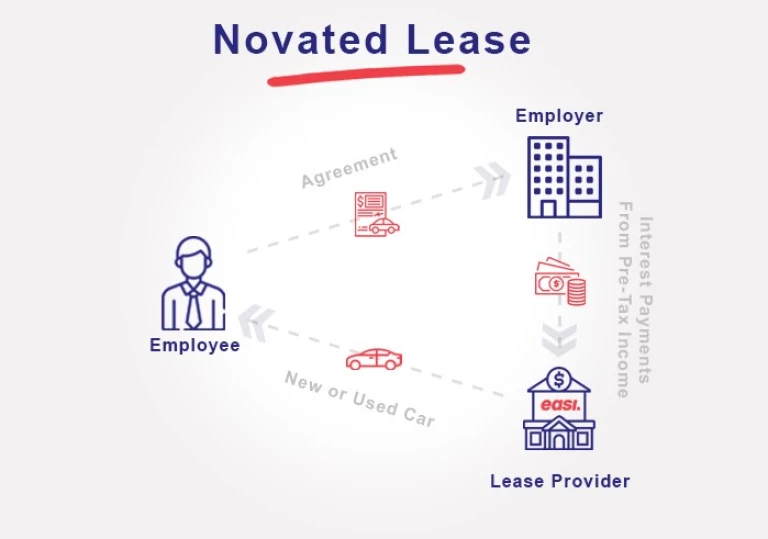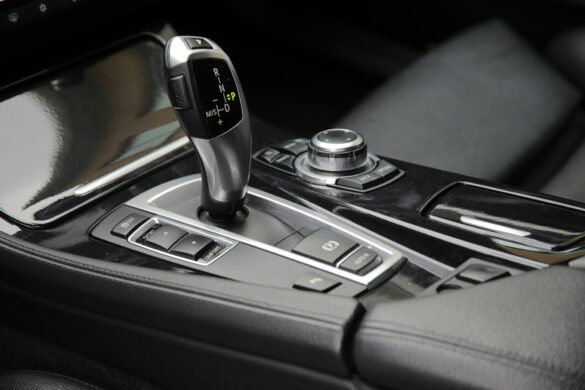Most employees have no clue they’re sitting on one of the best car finance deals available. While everyone’s comparing bank loans and dealer finance rates, there’s this whole other world of vehicle financing that flies completely under the radar. It’s not because it’s secret or anything – it’s just that most people have never heard of it, and the ones who have often think it’s way more complicated than it actually is.
The thing about car financing is that everyone assumes the traditional route is the only route. You save up a deposit, march into a bank or dealership, fill out paperwork, and hope your credit score doesn’t embarrass you. But for millions of Australian workers, there’s been a better option sitting right there in their employment package this whole time.
What Actually Is Novated Leasing?
Here’s where it gets interesting (and honestly, a bit weird at first). A novated lease is basically when your employer gets involved in your car purchase in a really helpful way. Instead of you taking out a loan personally, your employer sets up a lease agreement for the vehicle you want. Then – and this is the clever part – they deduct the lease payments directly from your salary before tax gets calculated.
Think of it this way: your employer essentially “rents” the car and lets you use it for work and personal purposes. The monthly payment comes out of your gross salary, which immediately reduces your taxable income. It’s not exactly employer-provided transport, but it’s not a traditional personal loan either. It sits somewhere in between, creating this sweet spot of tax advantages.
The “novated” part just means there are three parties involved instead of the usual two. There’s you, your employer, and the leasing company. Your employer handles the payments and claims, while you get to drive the car and enjoy the benefits.

The Tax Magic That Actually Works
Now, here’s where most people’s eyes glaze over because tax stuff sounds boring. But stick with this because the numbers are genuinely impressive. When lease payments come out of your pre-tax salary, you’re essentially buying a car with dollars that haven’t been taxed yet. Depending on your tax bracket, this can create substantial savings.
For someone earning $80,000 a year, those pre-tax dollars might save them $300-400 per month compared to using after-tax income for the same car payment. That’s real money that stays in your pocket instead of going to the tax office. Plus, you can usually salary sacrifice other car-related expenses too – insurance, registration, maintenance, even fuel costs.
Companies specializing in novated leasing often handle all the administrative work, making the process surprisingly straightforward for both employees and employers. They calculate potential savings, arrange the paperwork, and manage ongoing payments and claims.
The fringe benefits tax situation does add a layer of complexity, but it’s usually factored into the calculations upfront. Most of the time, even after accounting for FBT, employees still come out ahead compared to traditional financing methods.
Who Can Actually Use This?
This is probably the most frustrating part of the whole novated leasing story – the people who could benefit most from it often don’t know it exists. If you’re a permanent employee with a stable income, chances are good your employer can offer novated leasing. It doesn’t matter if you work for a massive corporation or a small business with ten employees.
Some employers actively promote salary packaging options, but many don’t bother mentioning it unless someone asks. HR departments sometimes assume everyone knows about these benefits, or they figure people will ask if they’re interested. The reality is that most workers have never heard the term “novated lease” and wouldn’t think to ask about it.
Self-employed people and contractors usually can’t access novated leasing because the arrangement requires an employer to make salary deductions. Casual workers might face restrictions too, depending on their employment status and income regularity.
The Real-World Numbers
Let’s say someone wants a $40,000 car and earns $70,000 annually. With a traditional car loan at current rates, they might pay around $750 per month after tax. That same $750 of after-tax dollars actually represents about $1,000 of gross income when you factor in tax and Medicare levy.
Through a novated lease, that $750 monthly payment comes from pre-tax salary, immediately creating savings. Add in the ability to salary sacrifice running costs, and the effective cost of the car drops significantly. Many families find they can afford a newer, safer vehicle than they originally budgeted for.
The savings become more dramatic for higher income earners who face higher marginal tax rates. Someone in the 37% tax bracket sees much more benefit than someone paying the base rate, though everyone typically comes out ahead compared to traditional financing.
What Most People Get Wrong
There are some persistent myths about novated leasing that keep people away from what could be a great financial move. The biggest misconception is that you don’t own the car. While technically the leasing company holds title during the lease term, you have full use of the vehicle and can buy it outright at the end for a predetermined residual value.
Another common worry is job security. People assume that changing jobs means losing the car, but novated leases are actually quite portable. New employers can usually take over the arrangement, or you can continue payments personally if needed. It’s not nearly as restrictive as people imagine.
Some folks think novated leasing only works for expensive luxury cars, but the sweet spot is often mid-range vehicles where the tax benefits are substantial without triggering excessive luxury car tax implications.
Making the Decision
Whether novated leasing makes sense depends on individual circumstances, but it’s worth investigating for most employees. The potential tax savings alone often justify the minimal effort required to get quotes and compare options.
The key is getting accurate calculations based on actual salary and the specific vehicle being considered. Online calculators provide estimates, but speaking with specialists gives clearer pictures of real costs and benefits.
For many Australian workers, novated leasing represents missed opportunities worth thousands of dollars annually. It’s not the right choice for everyone, but it deserves consideration alongside traditional car finance options. The fact that so few people know about it just means more savings potential for those who take the time to understand how it works.




